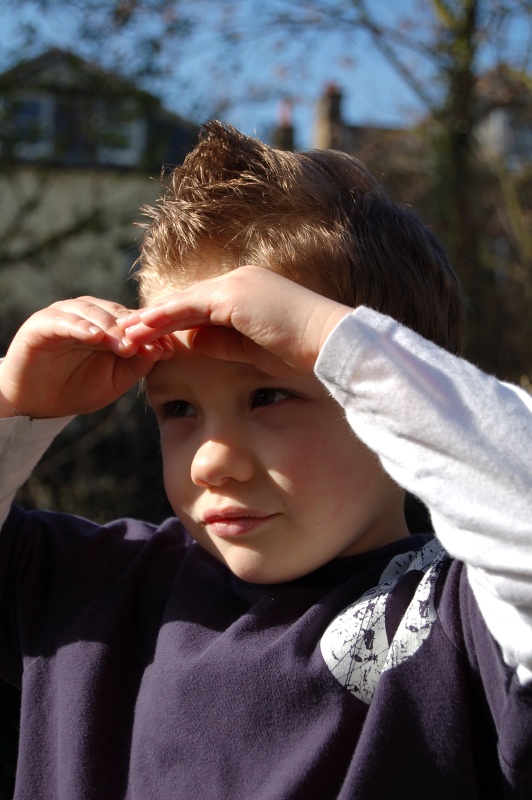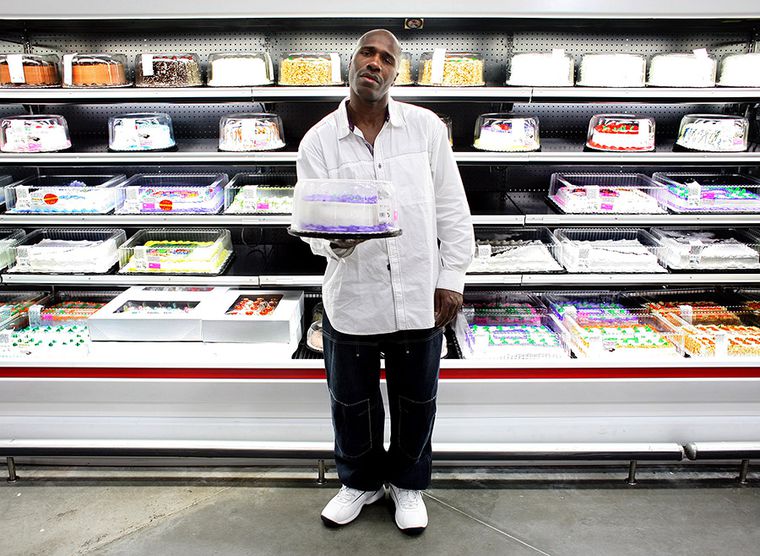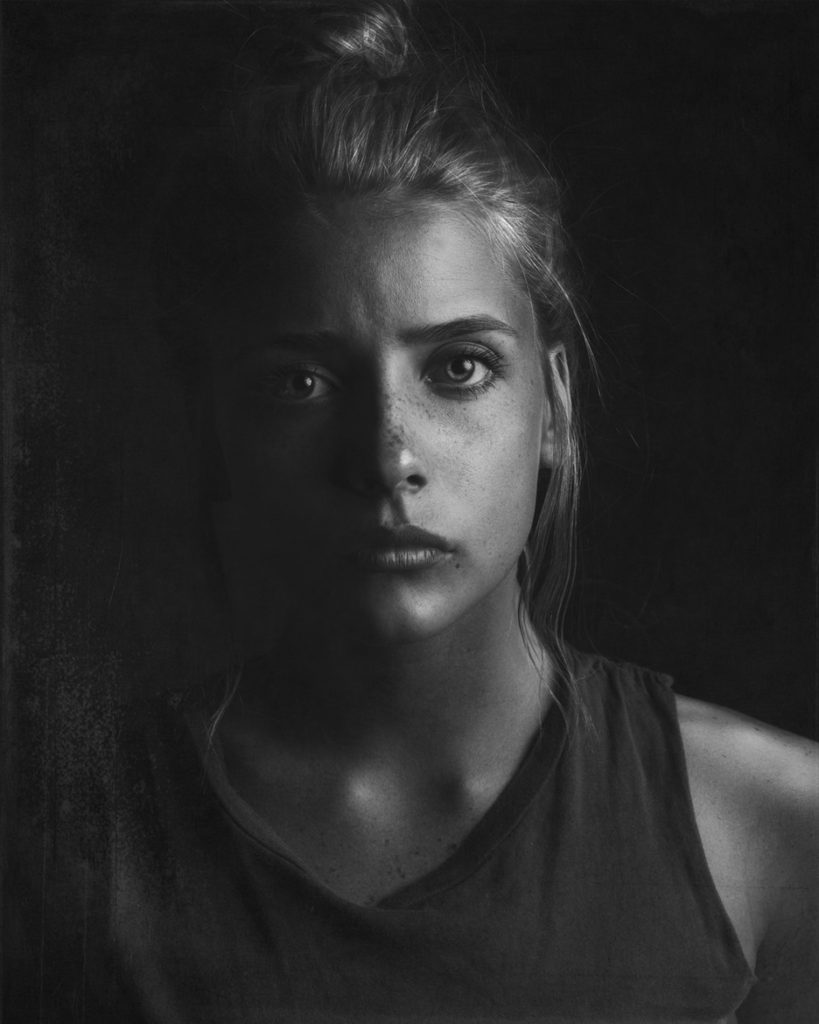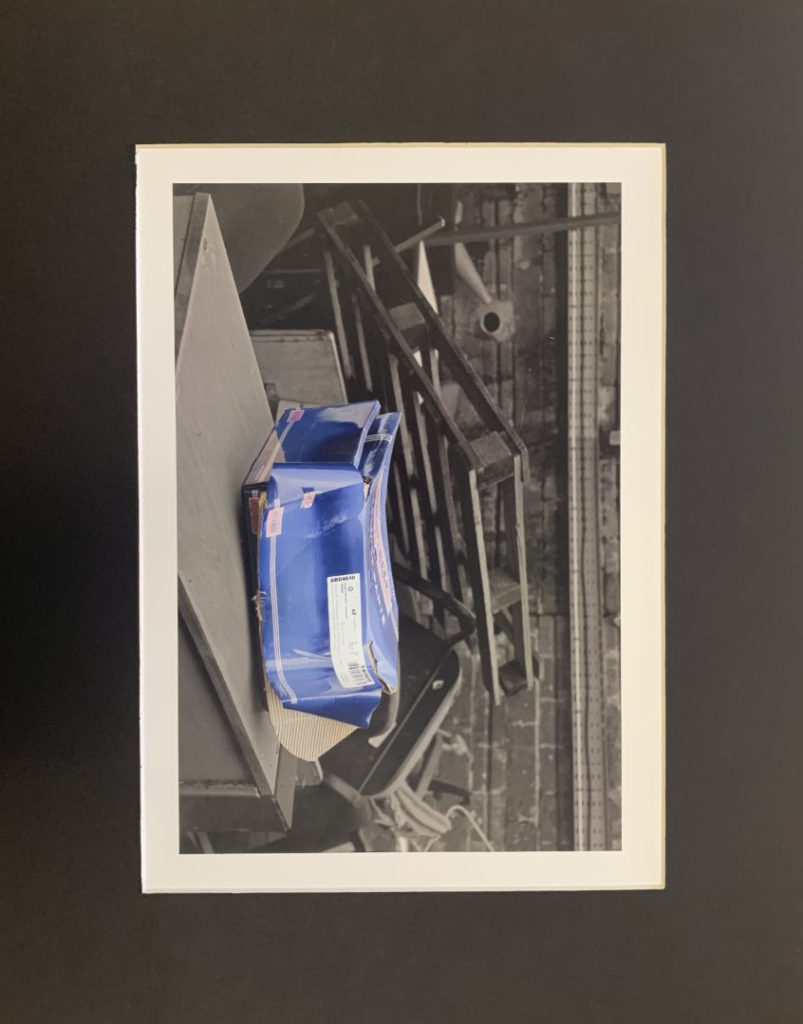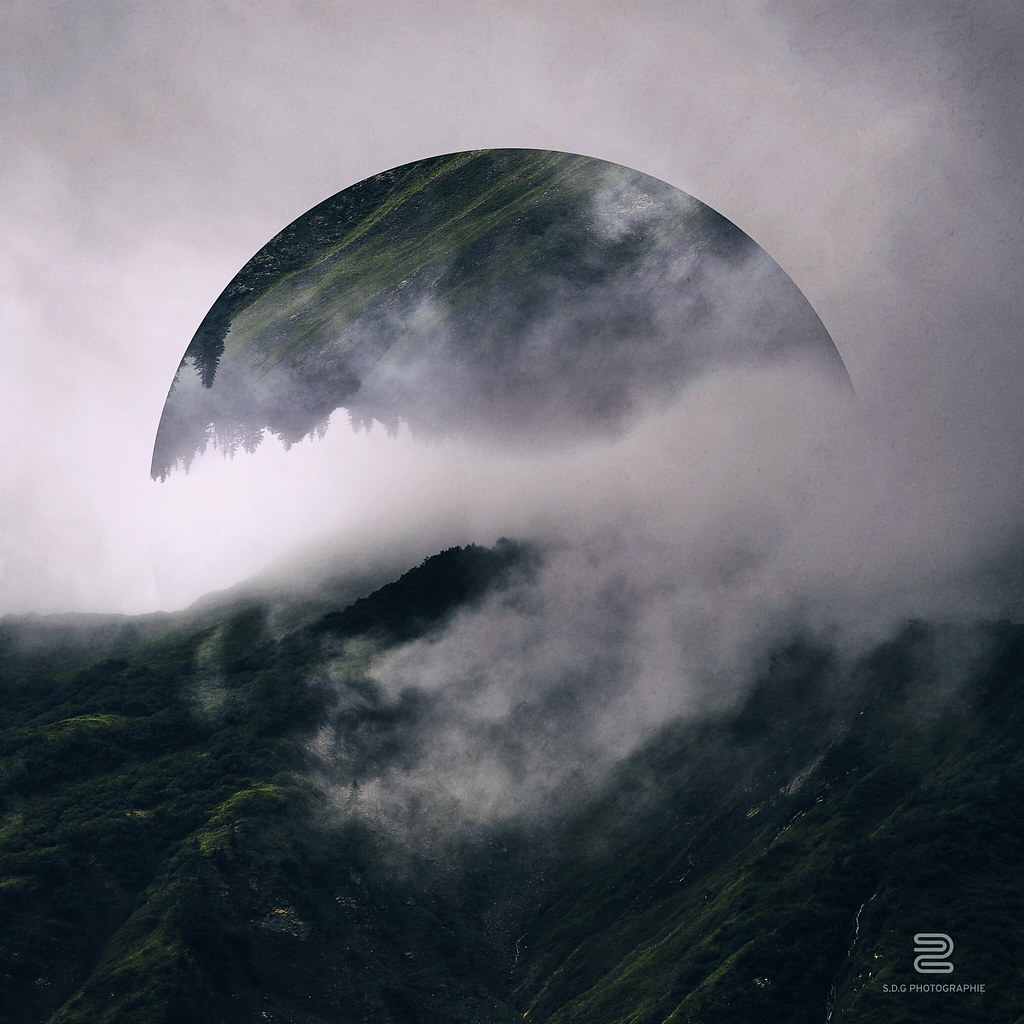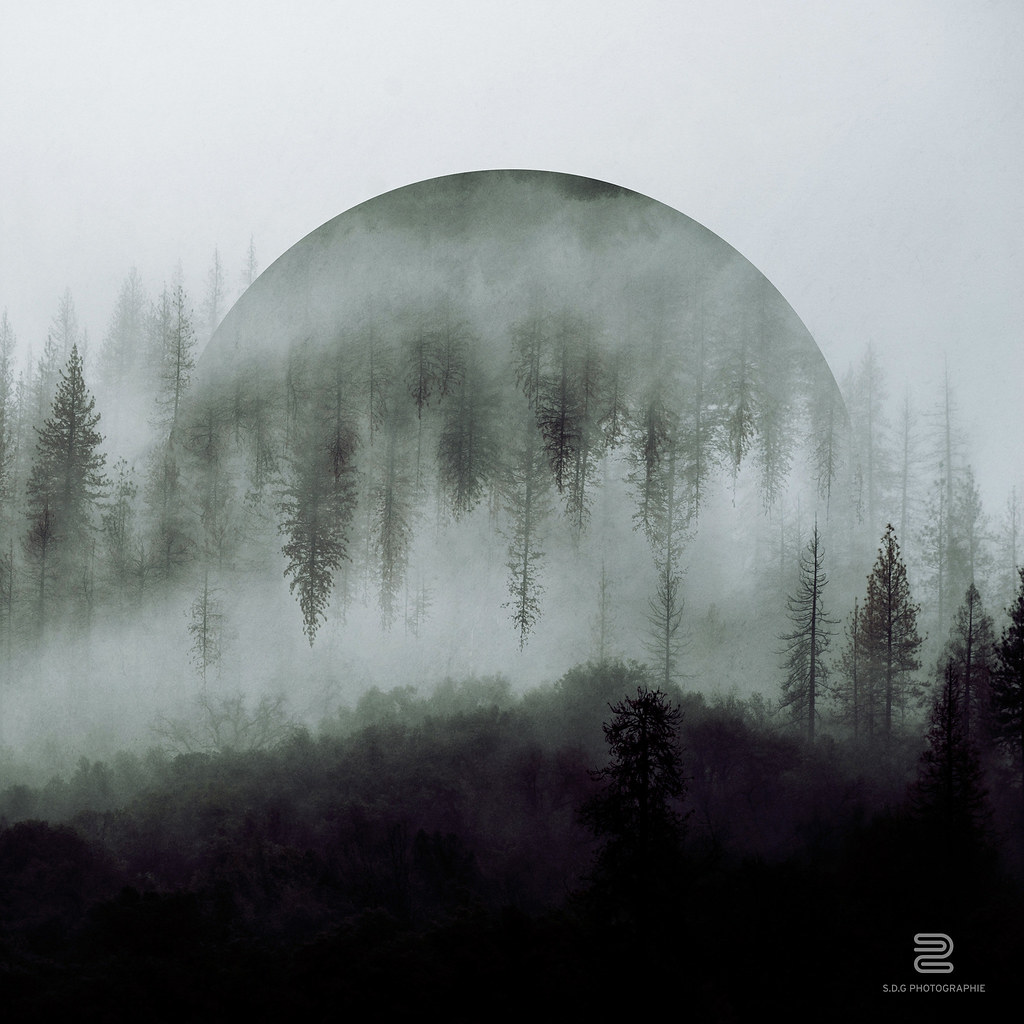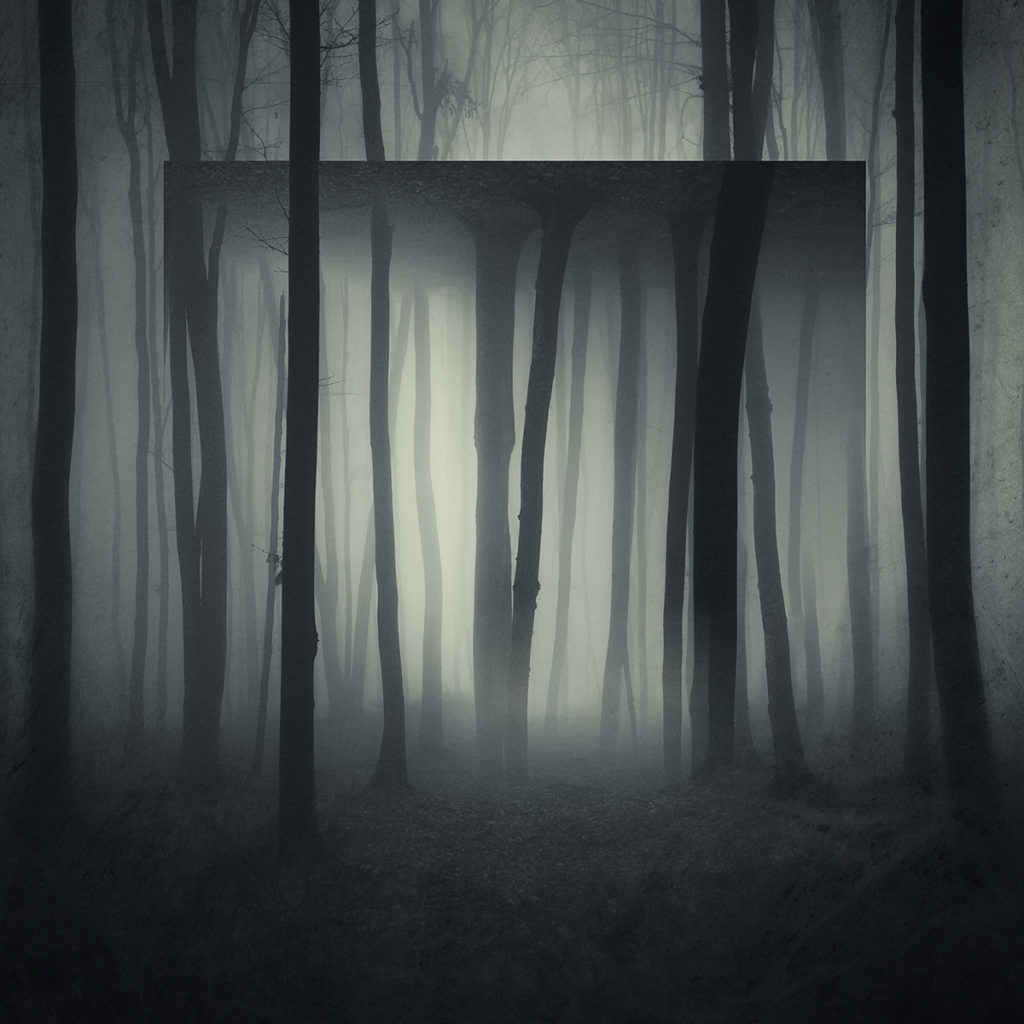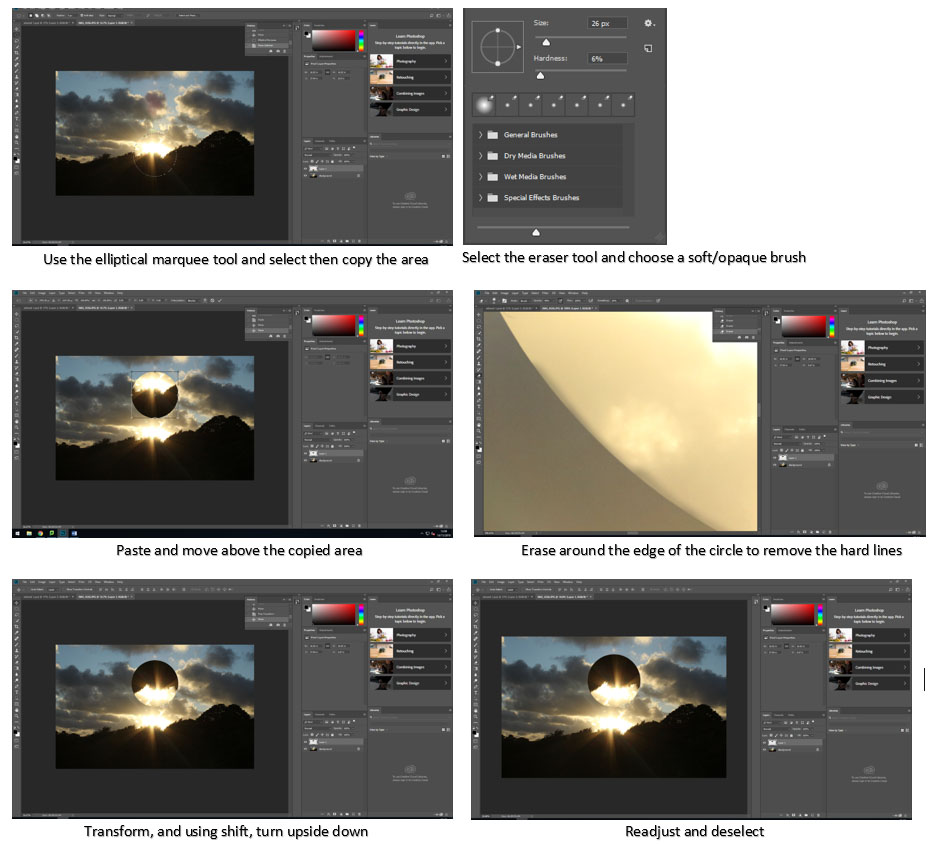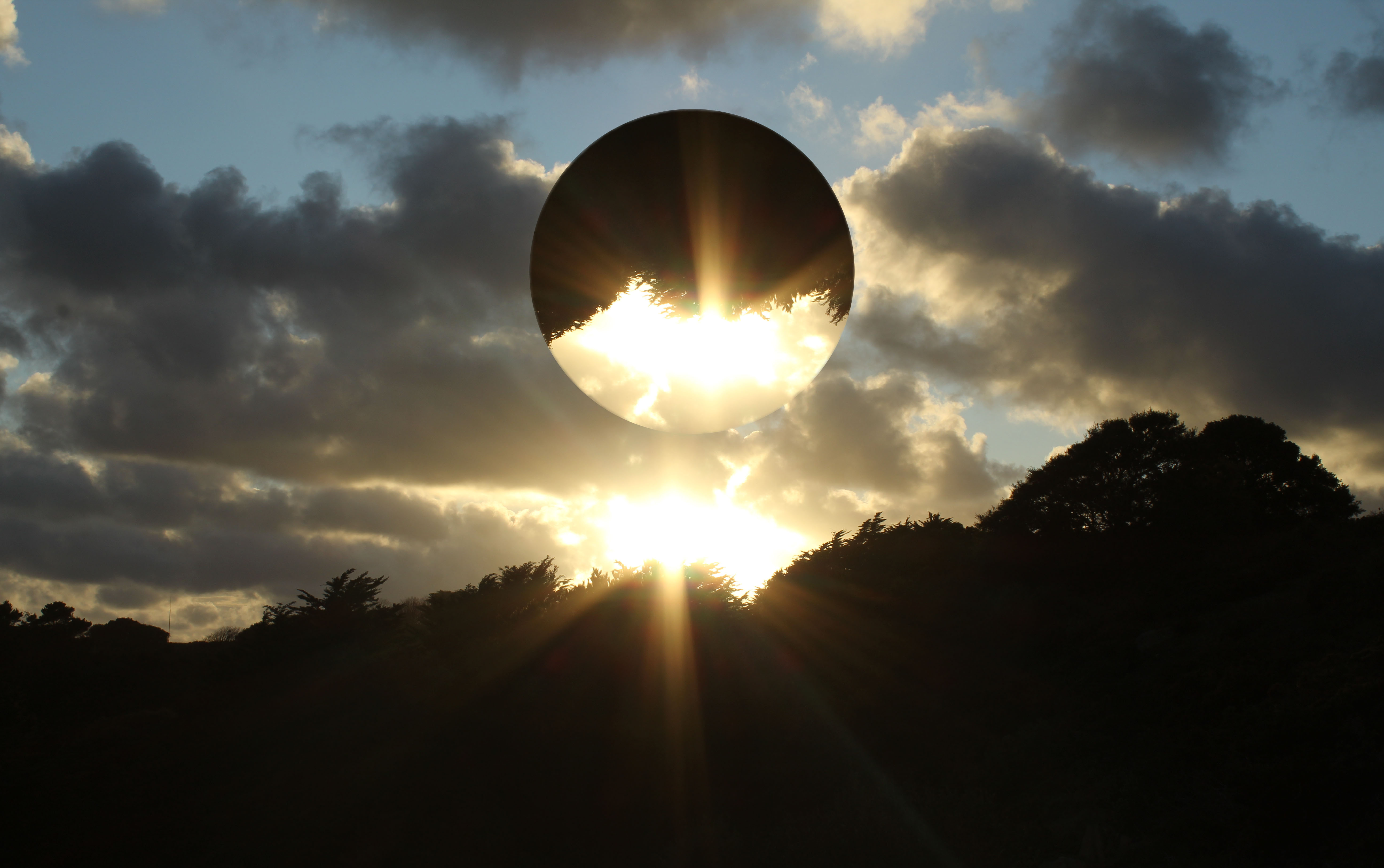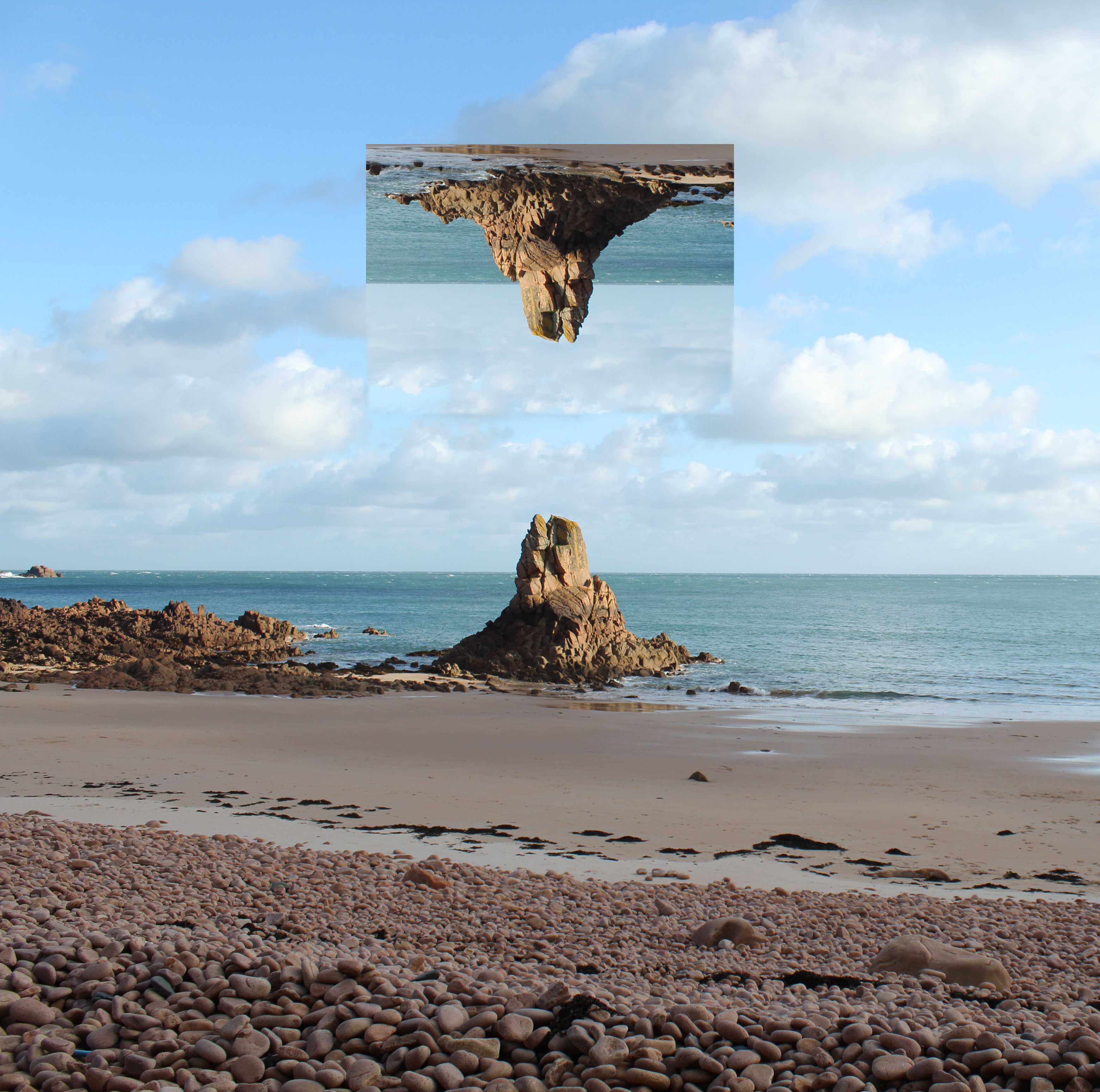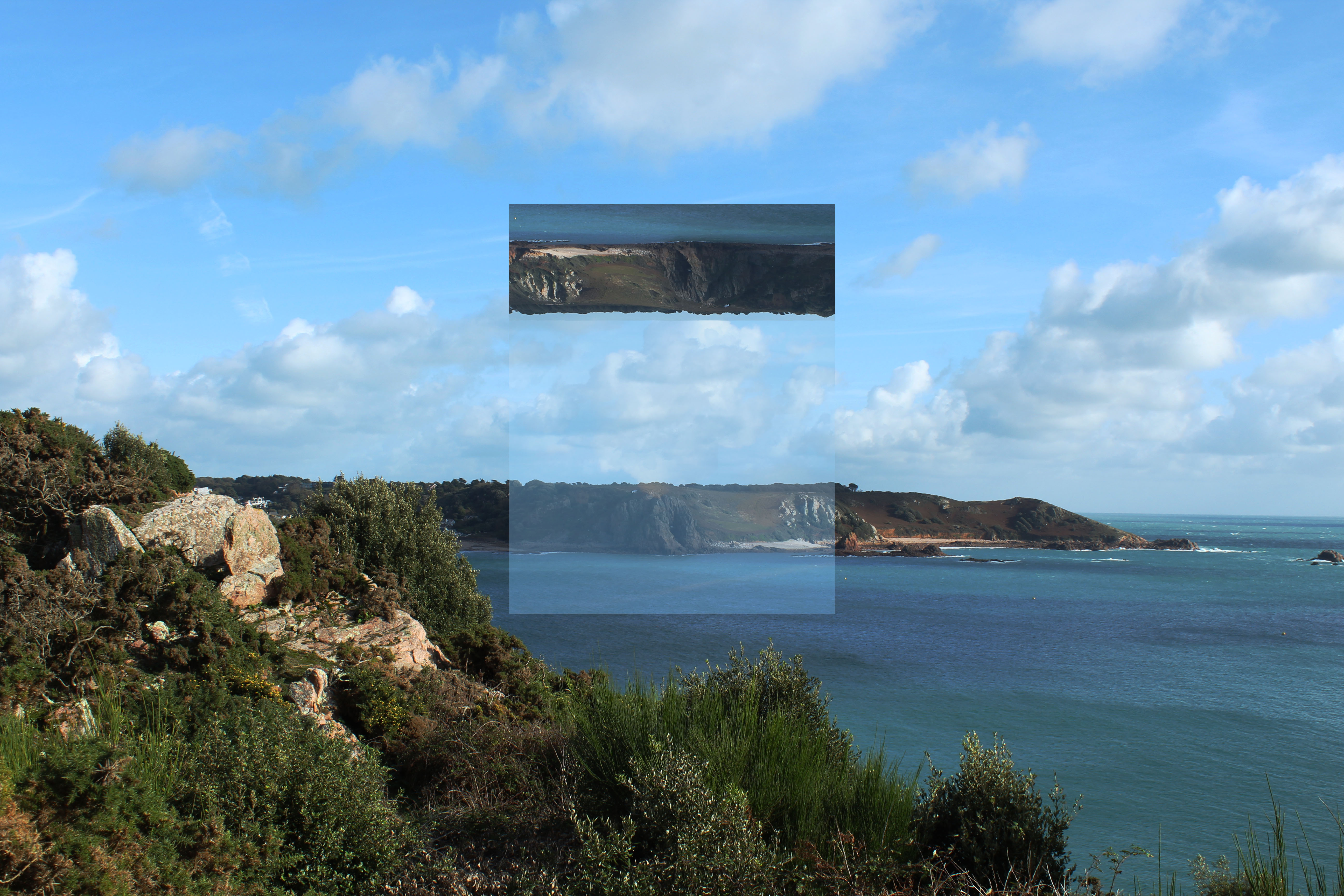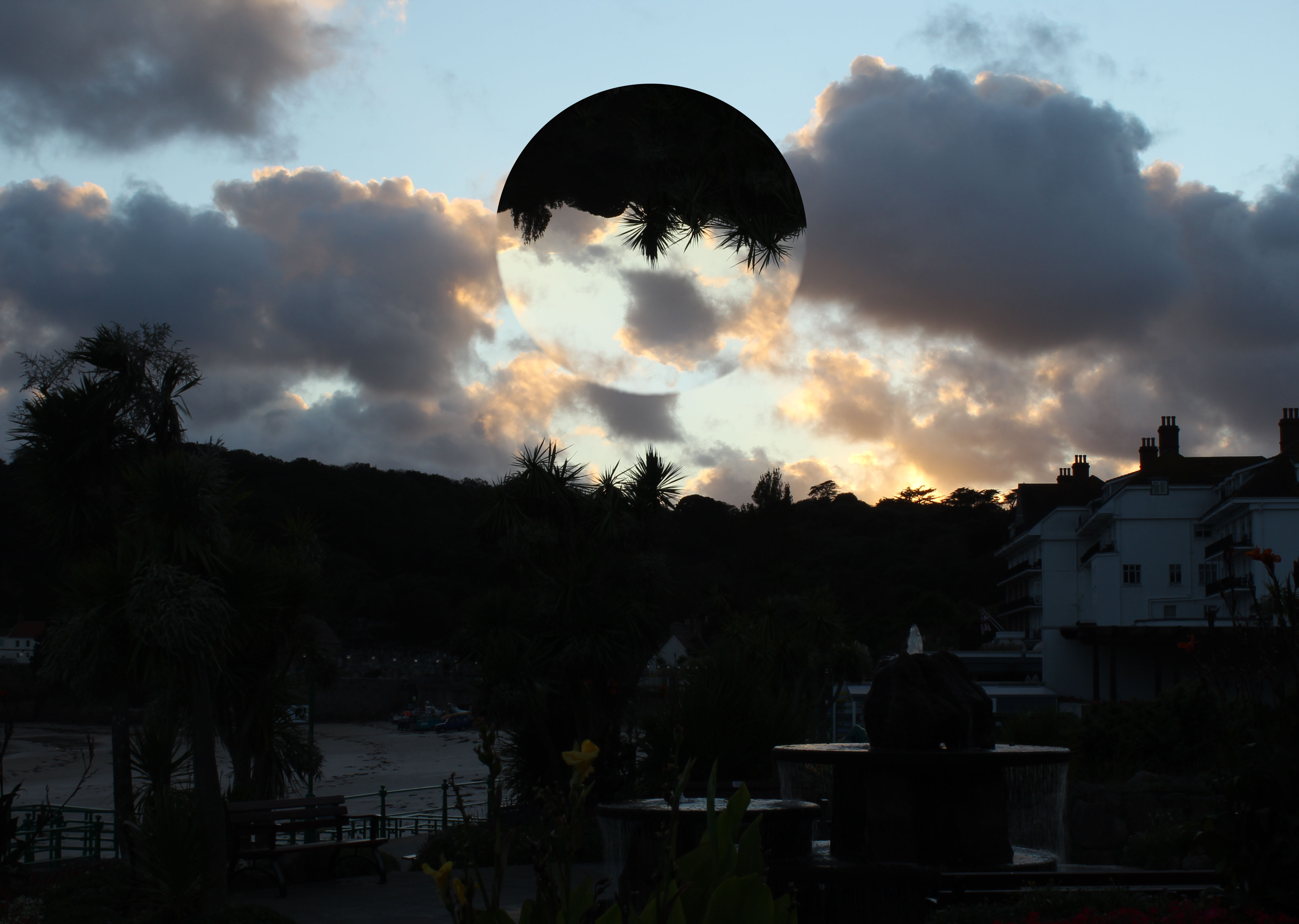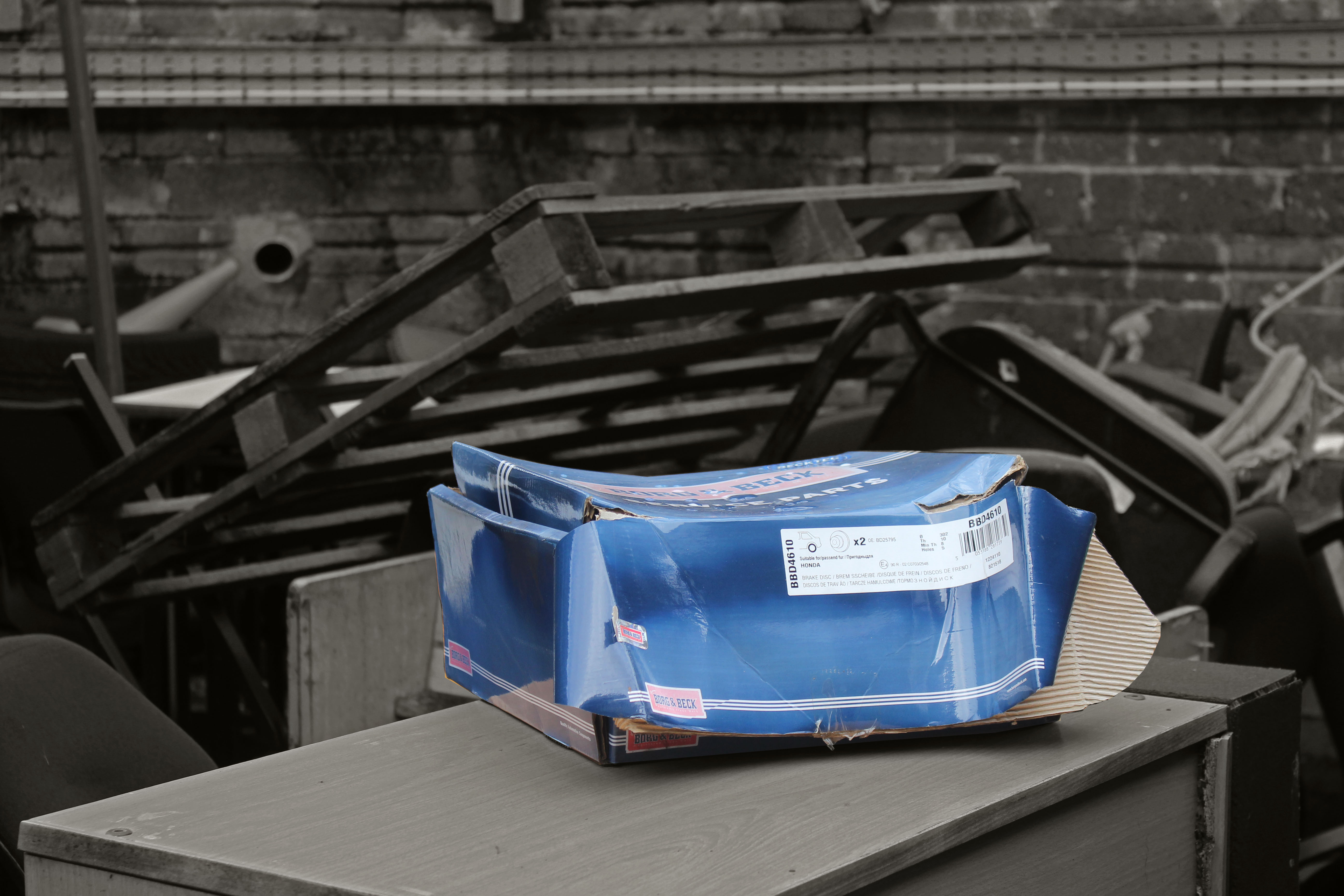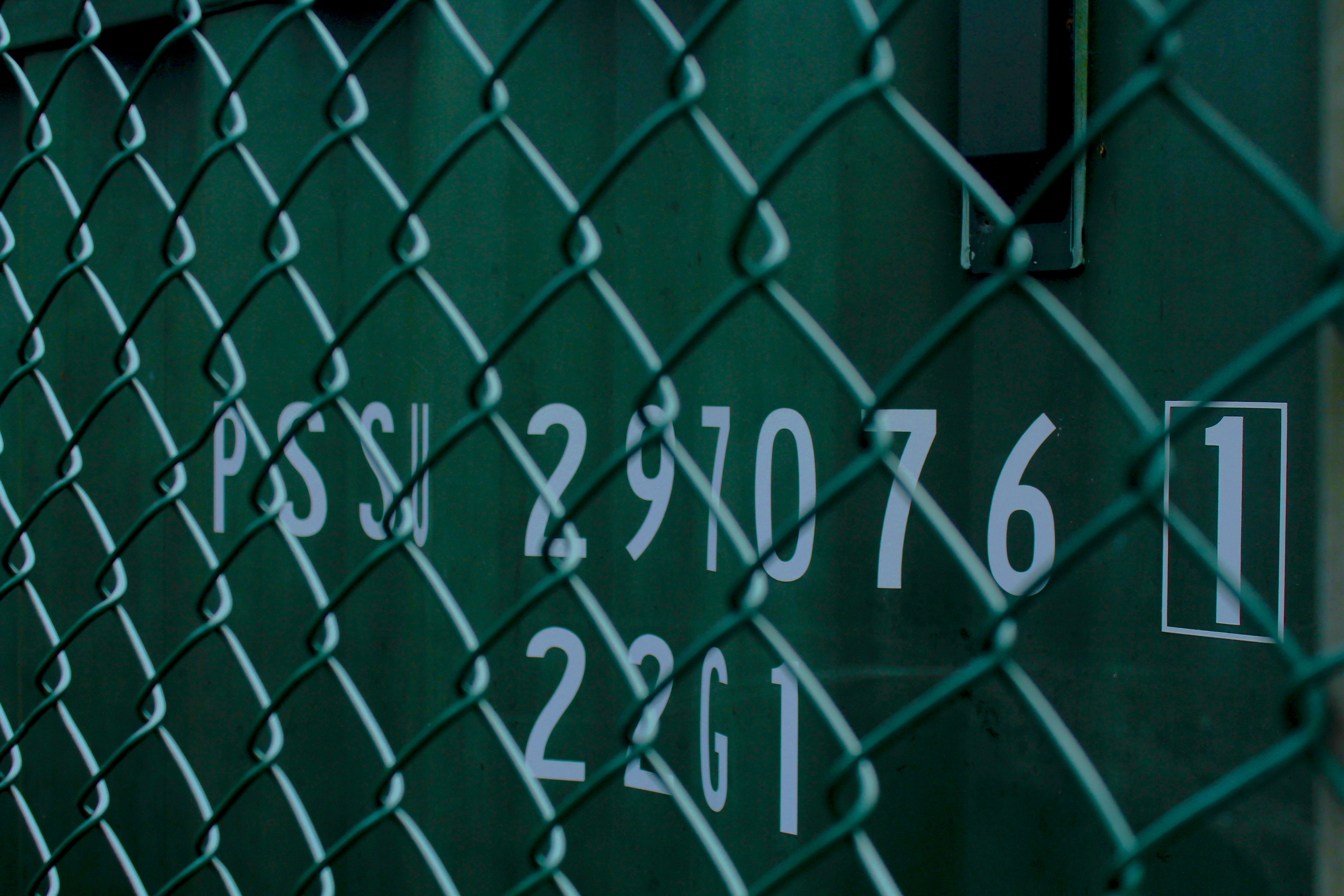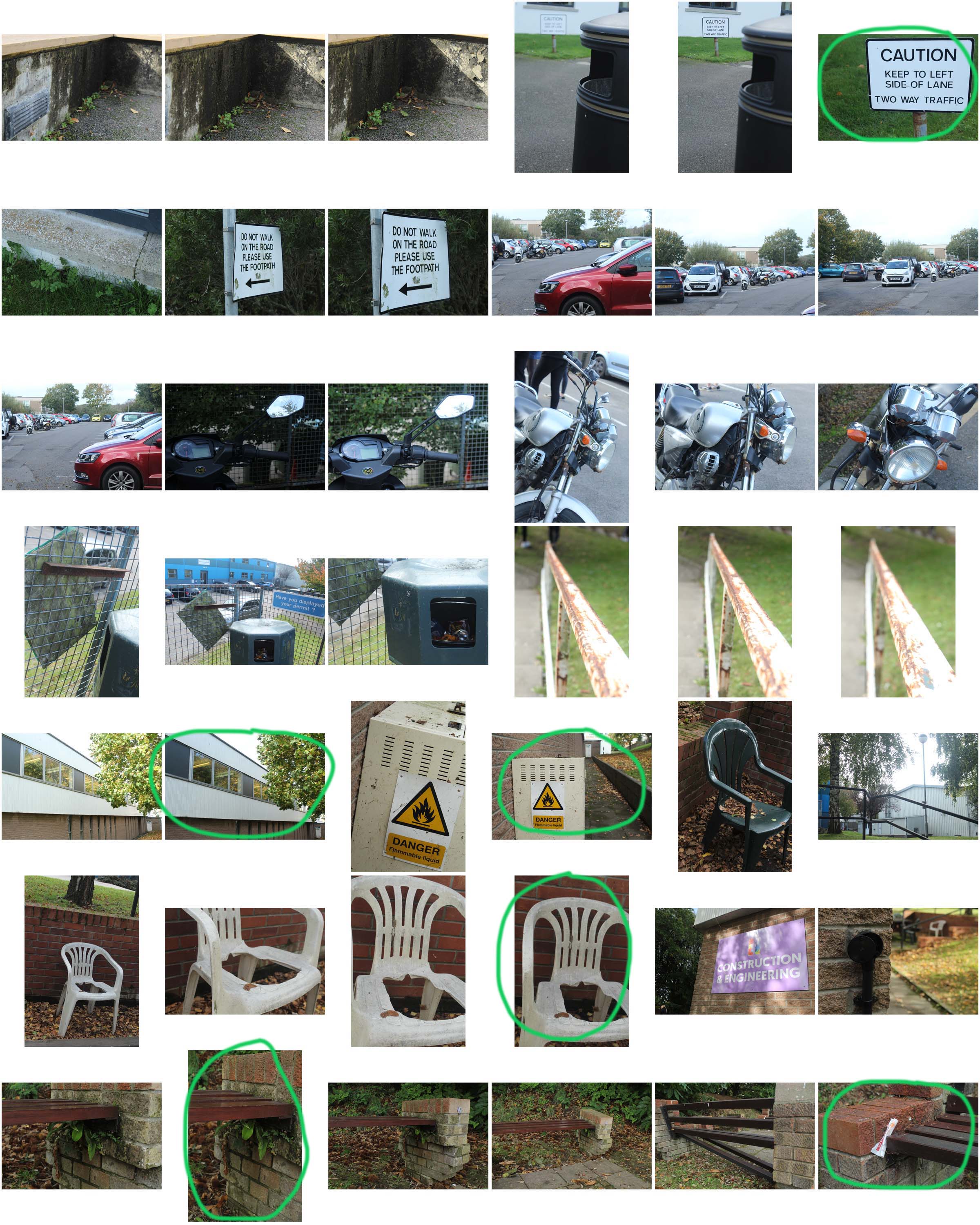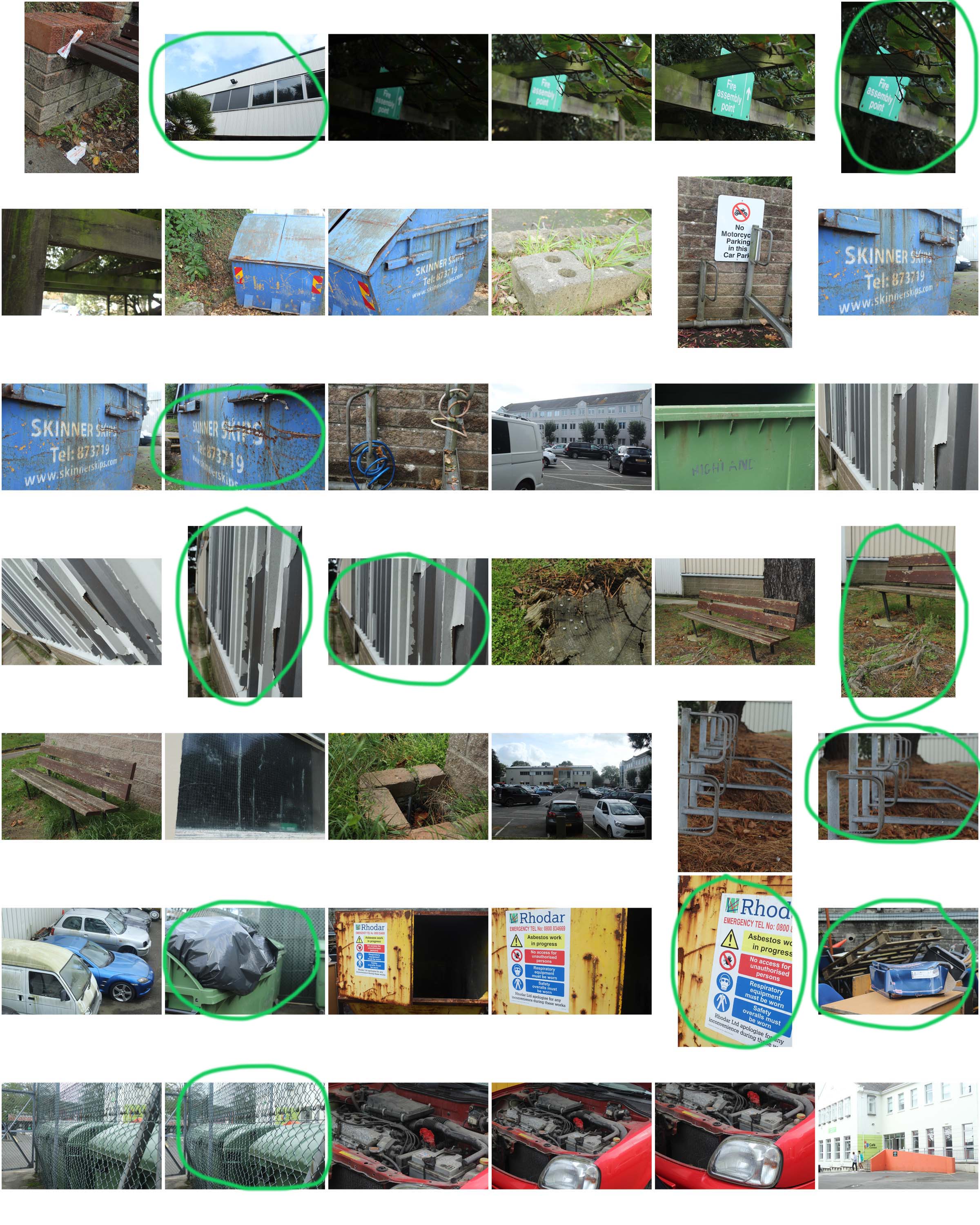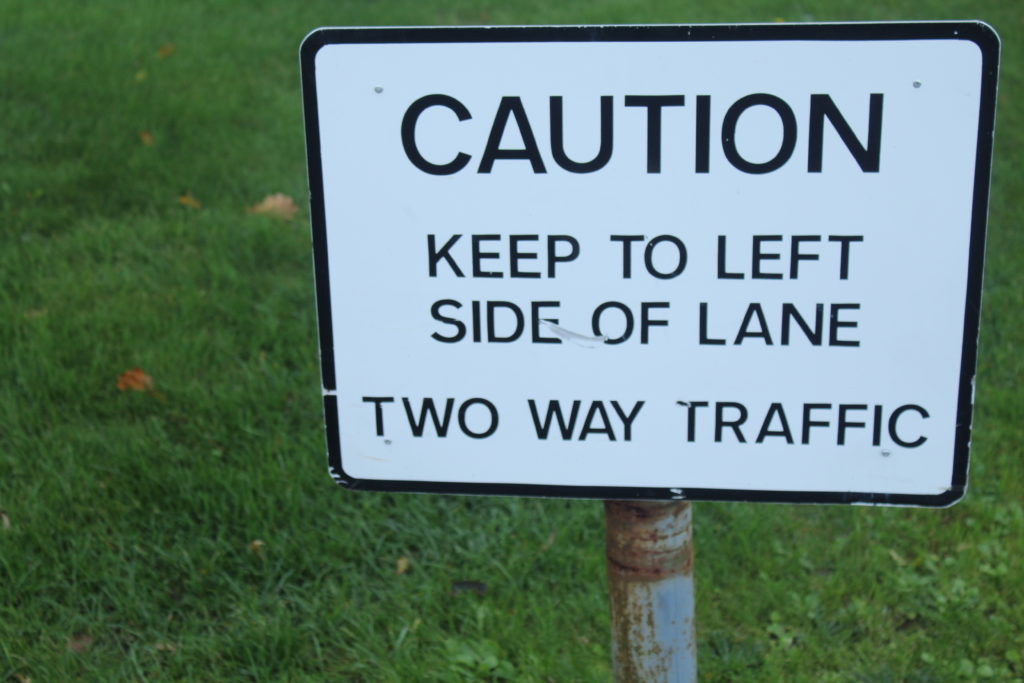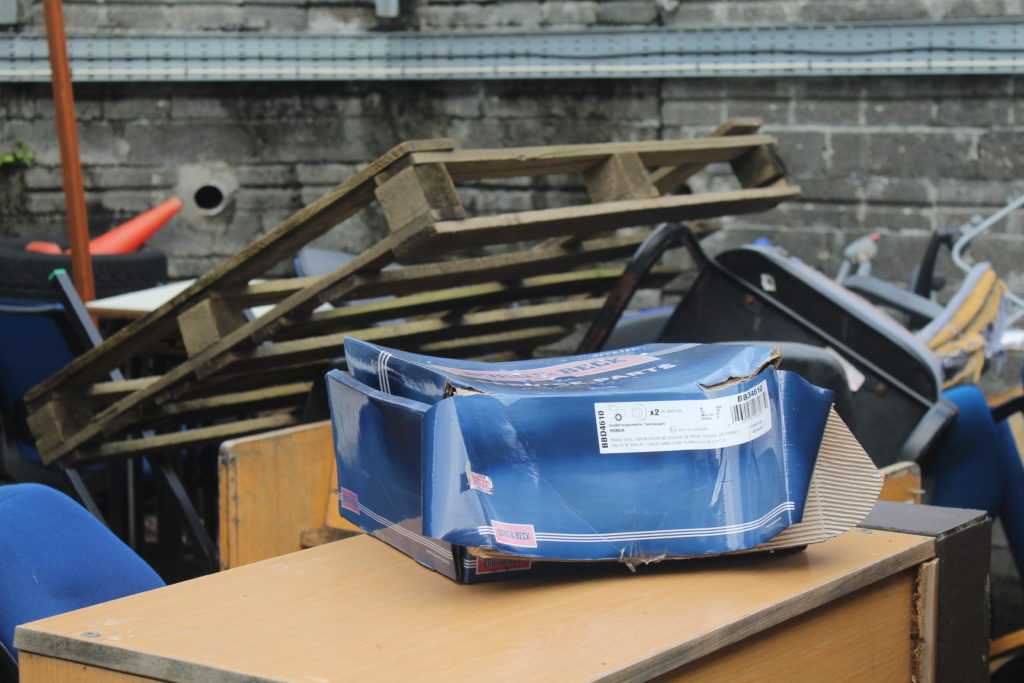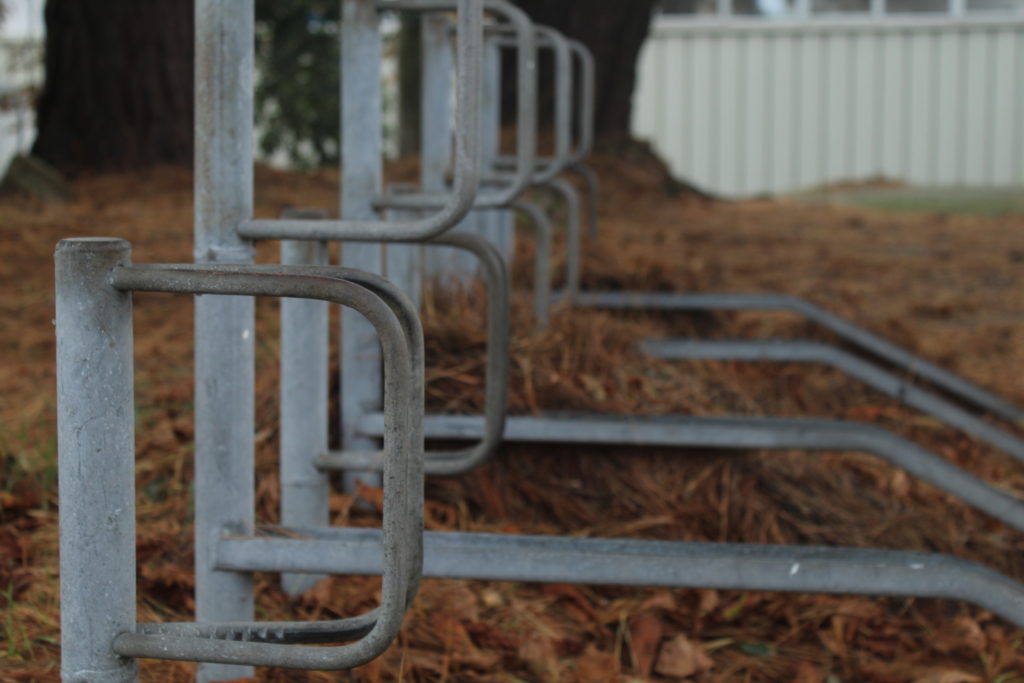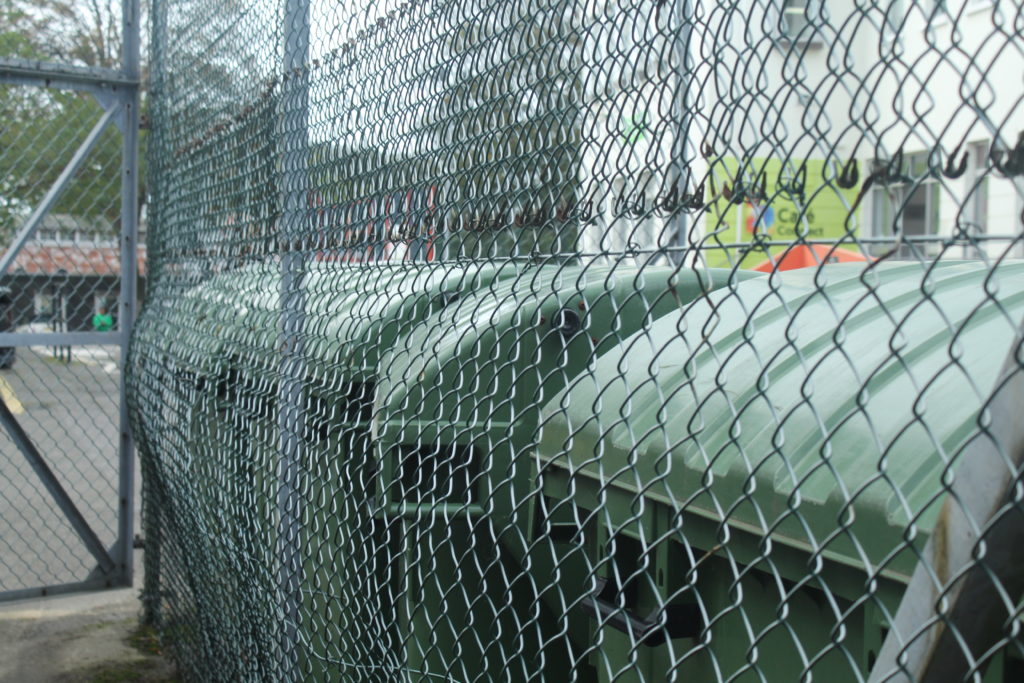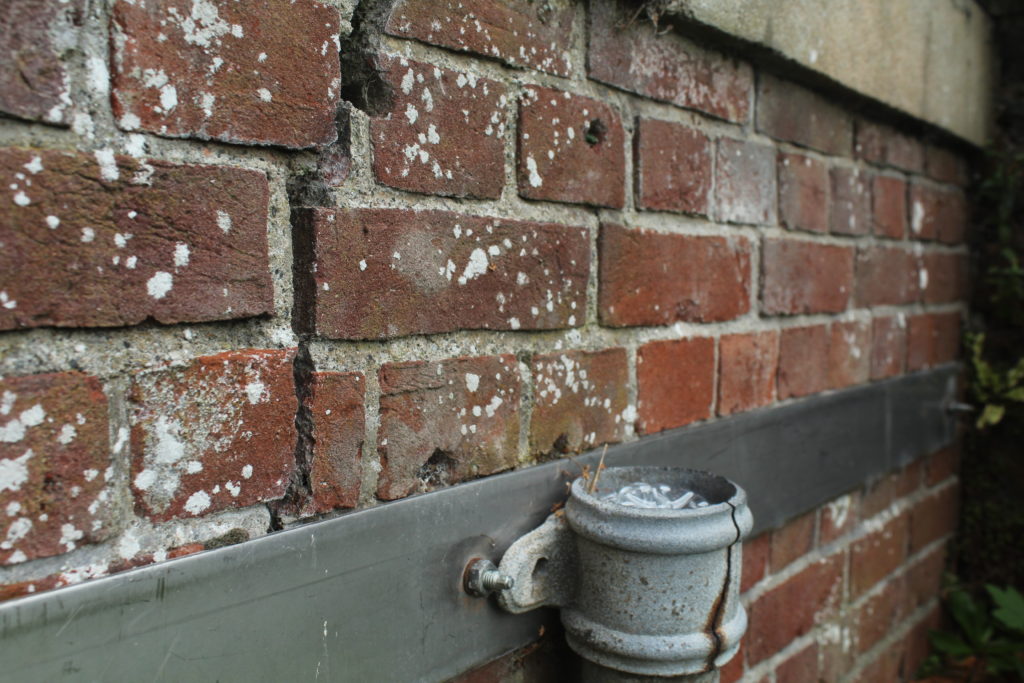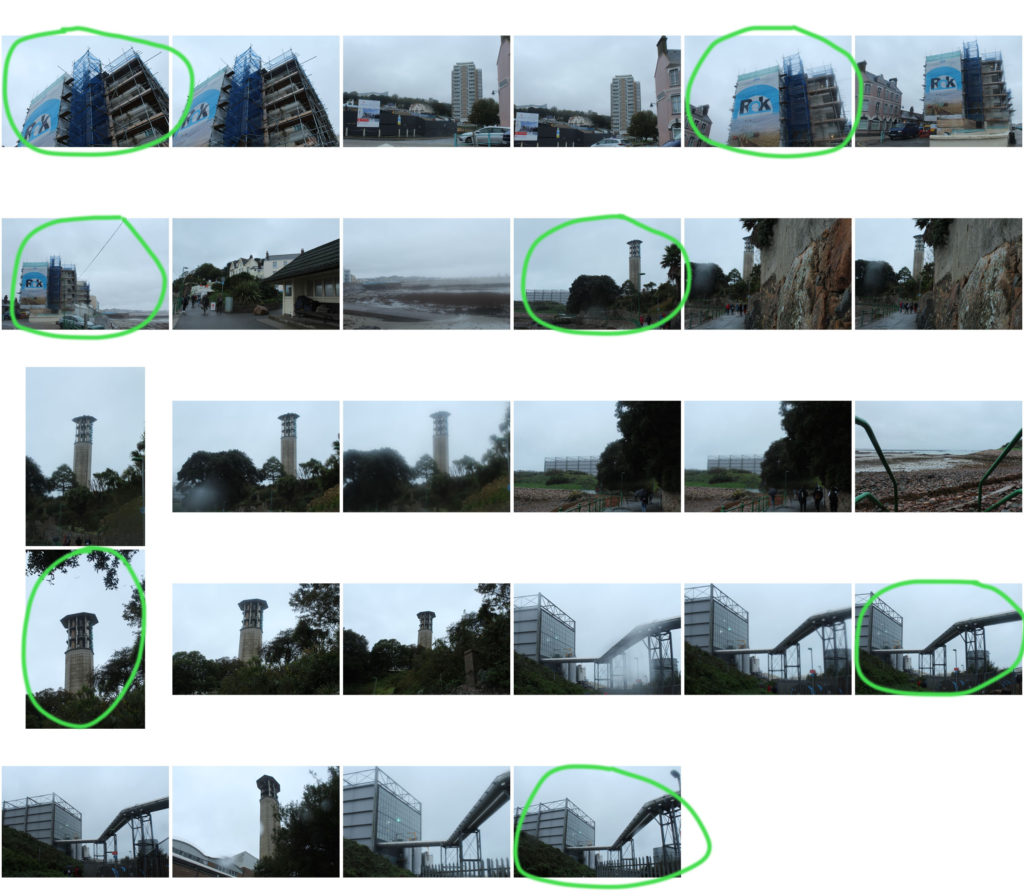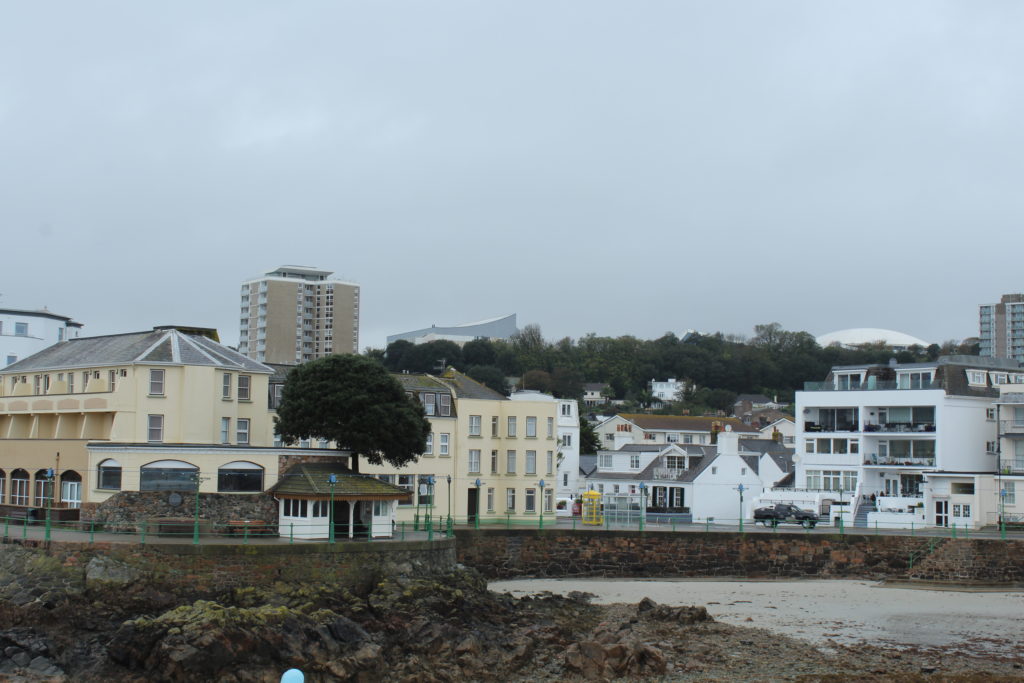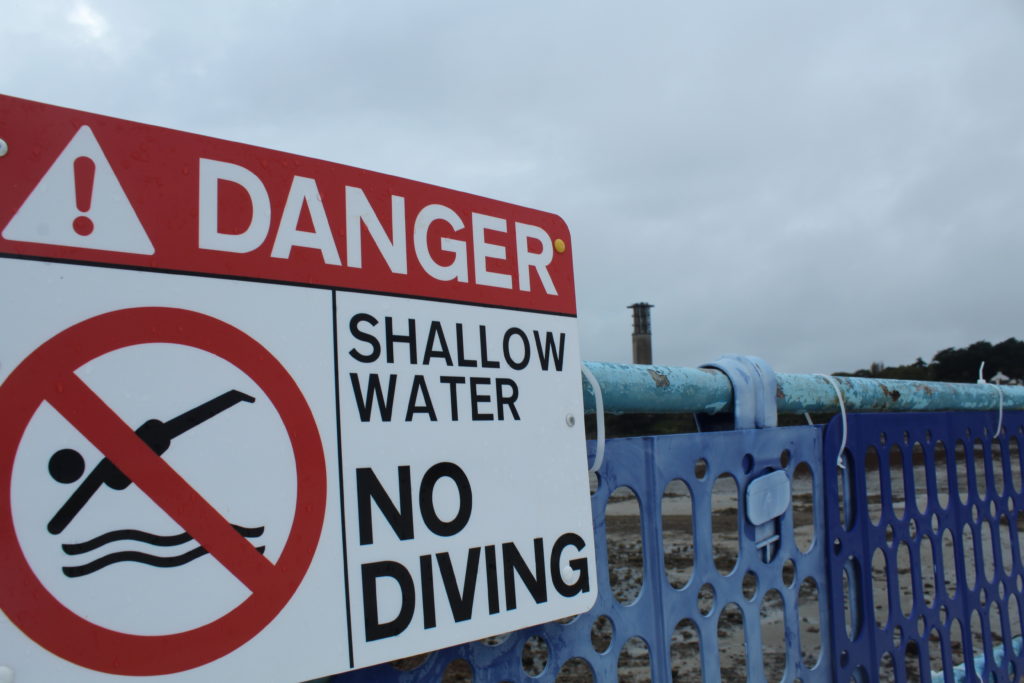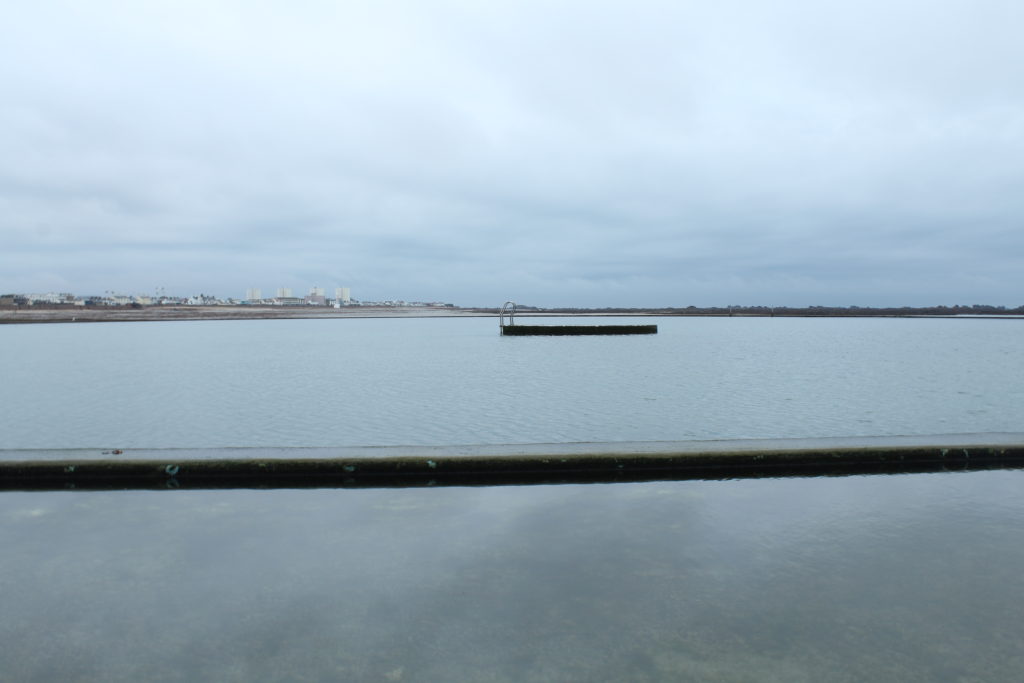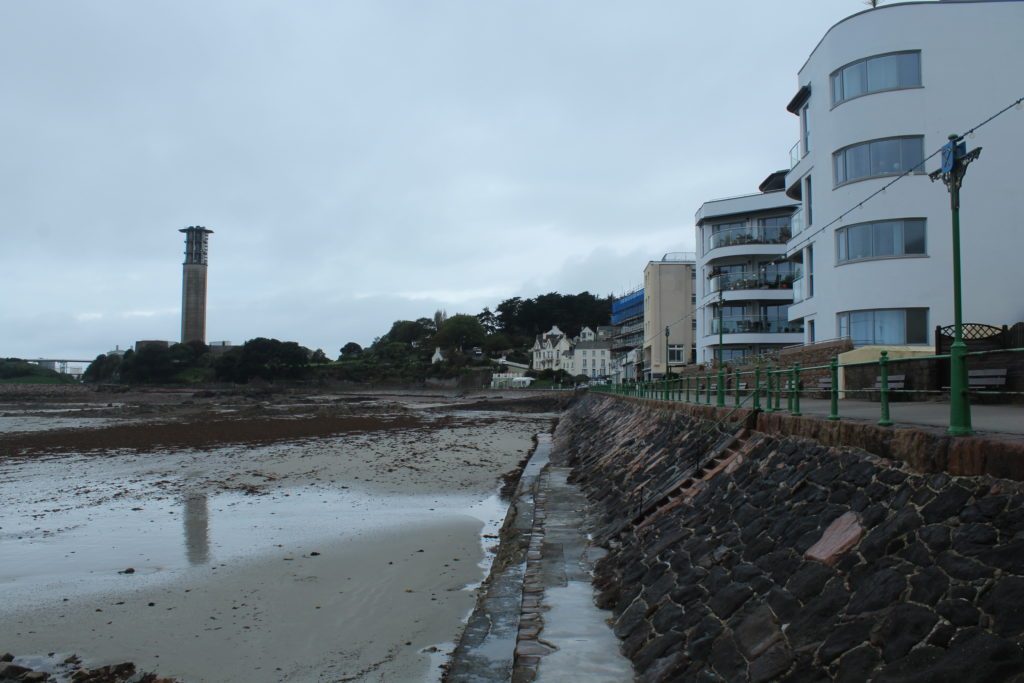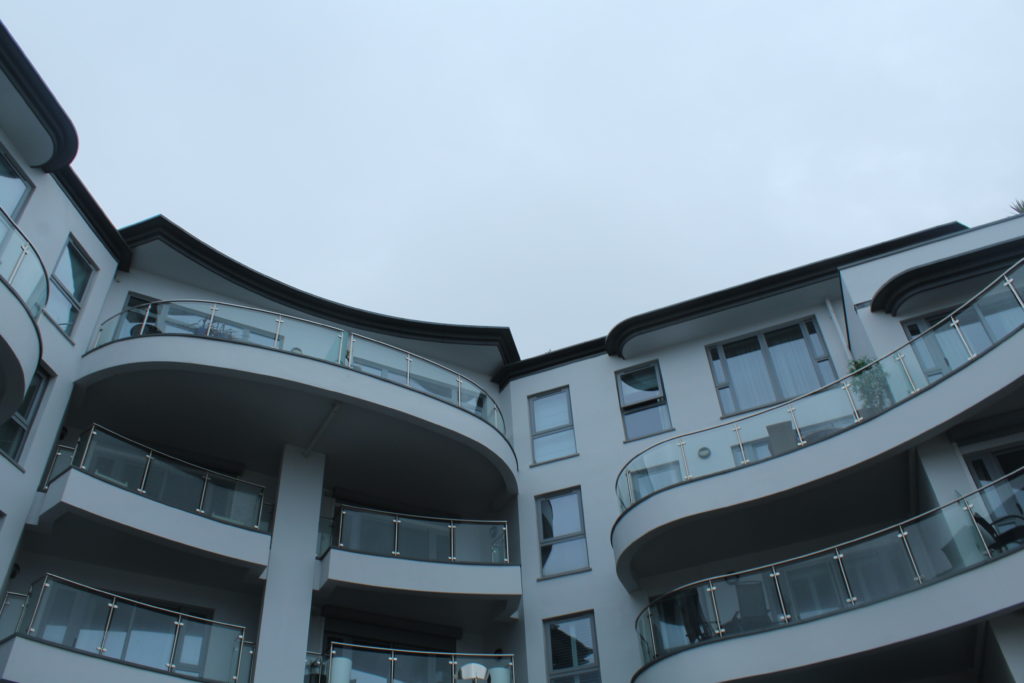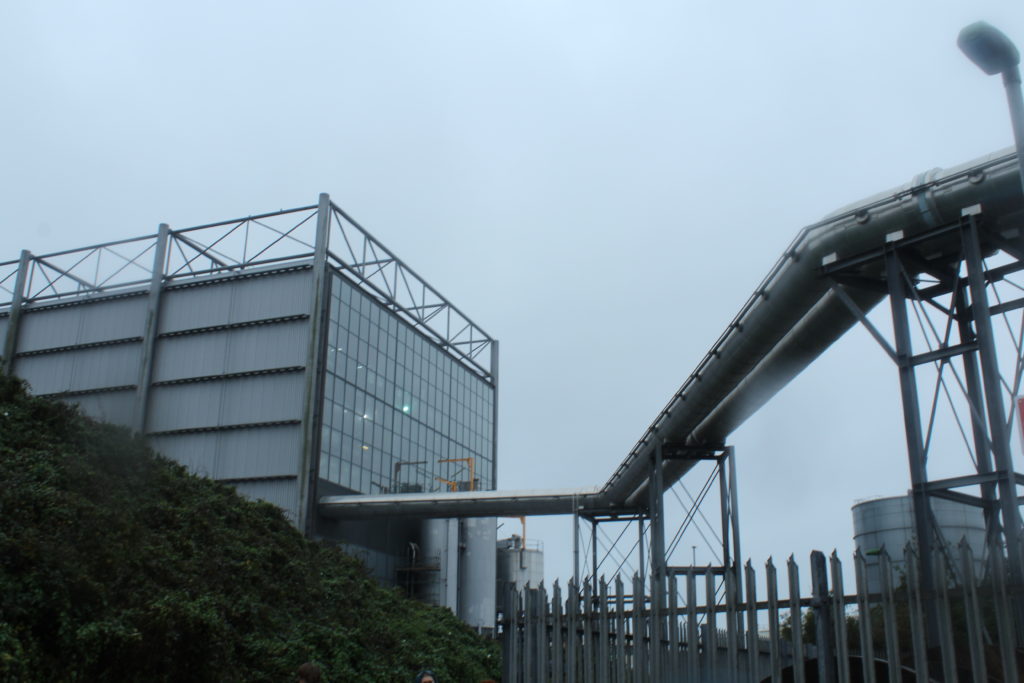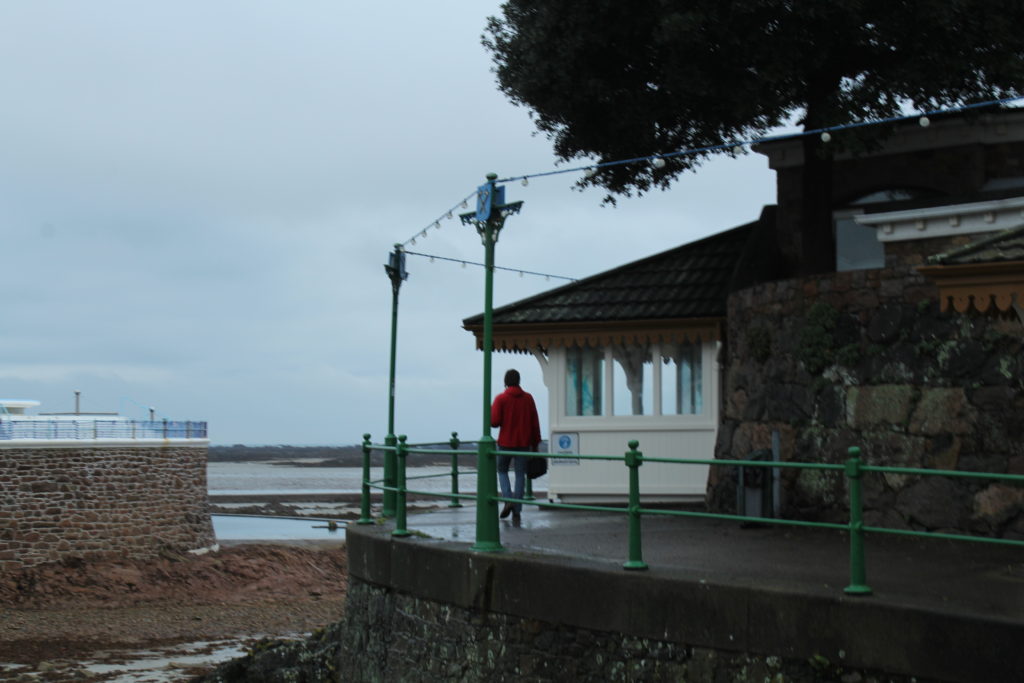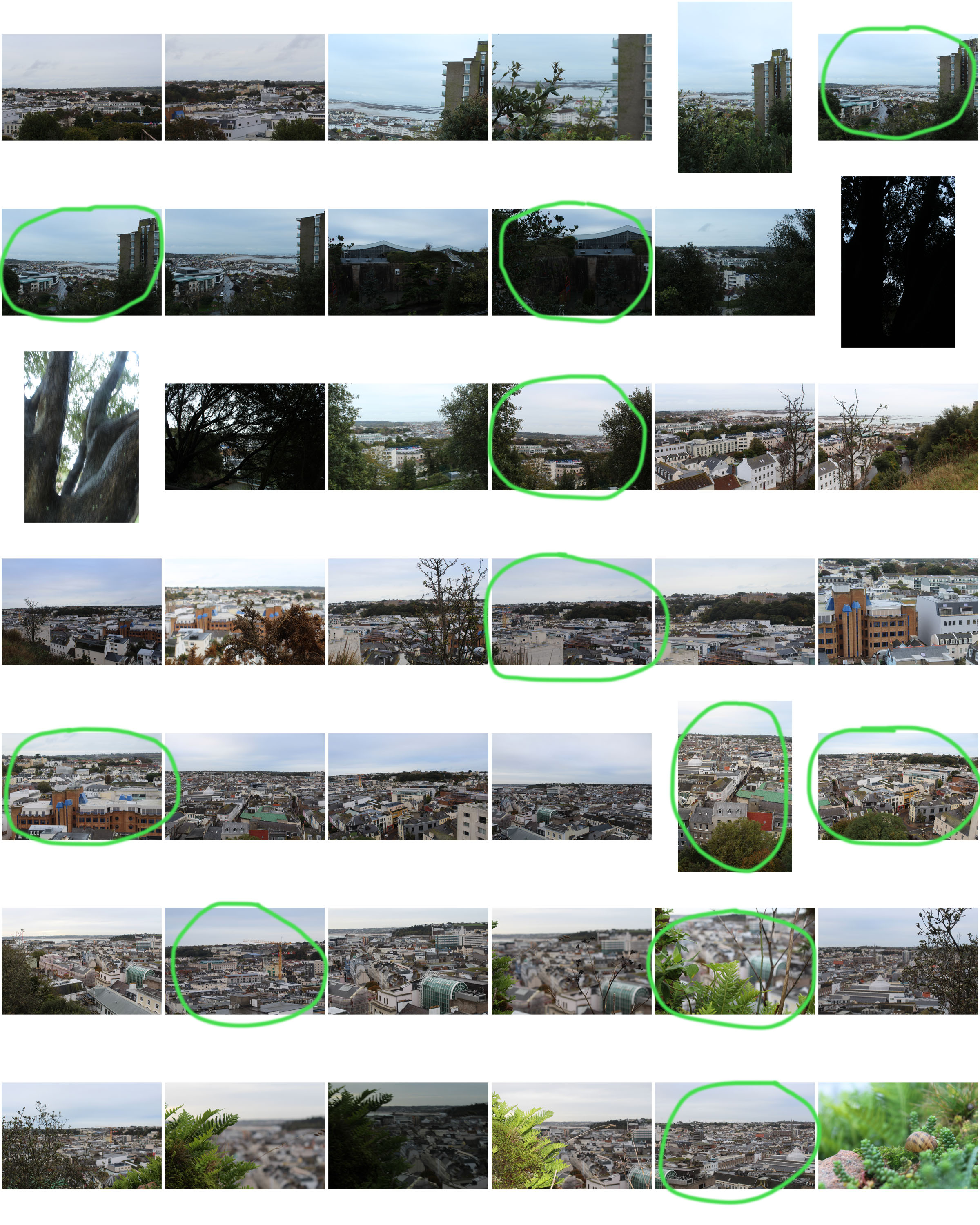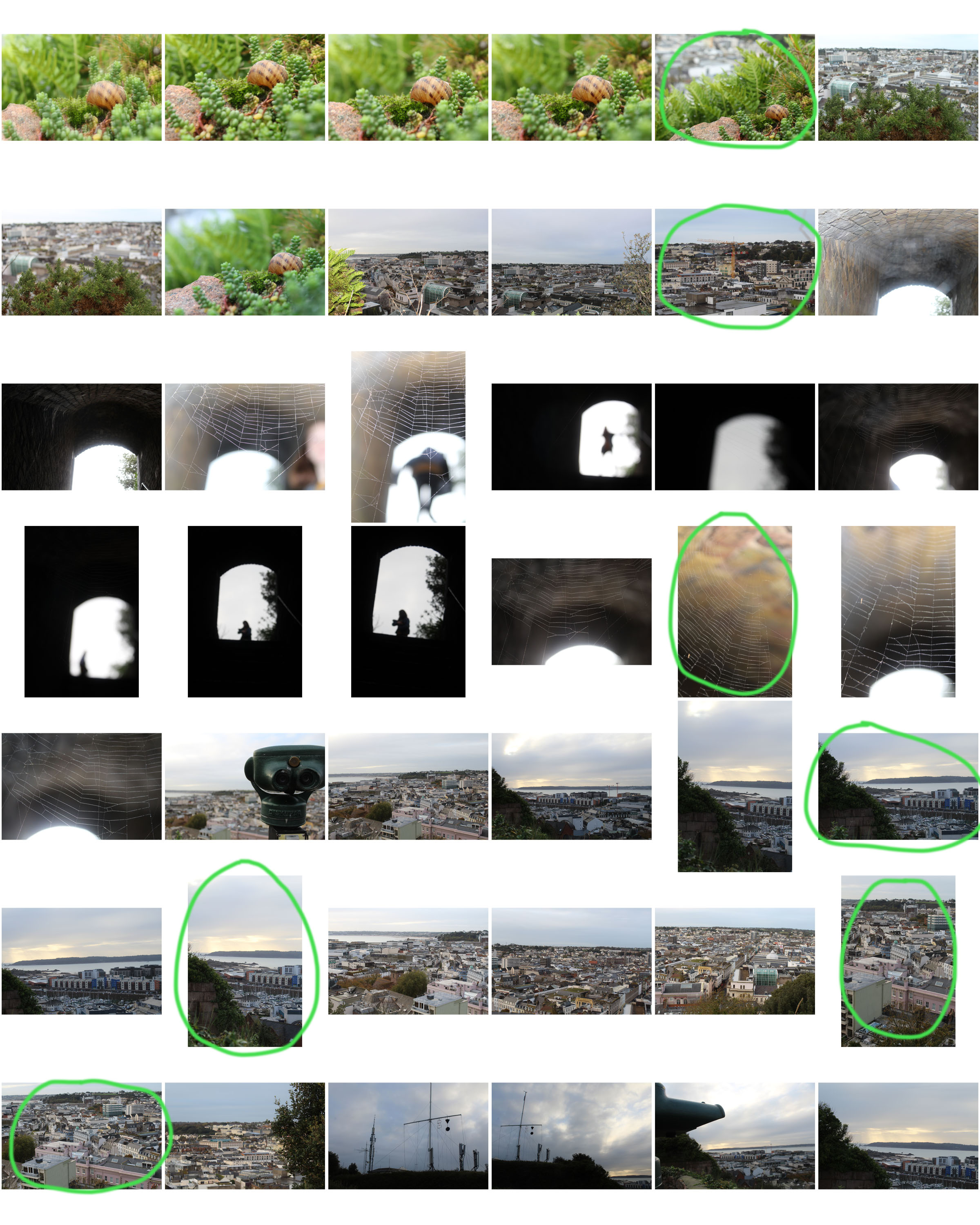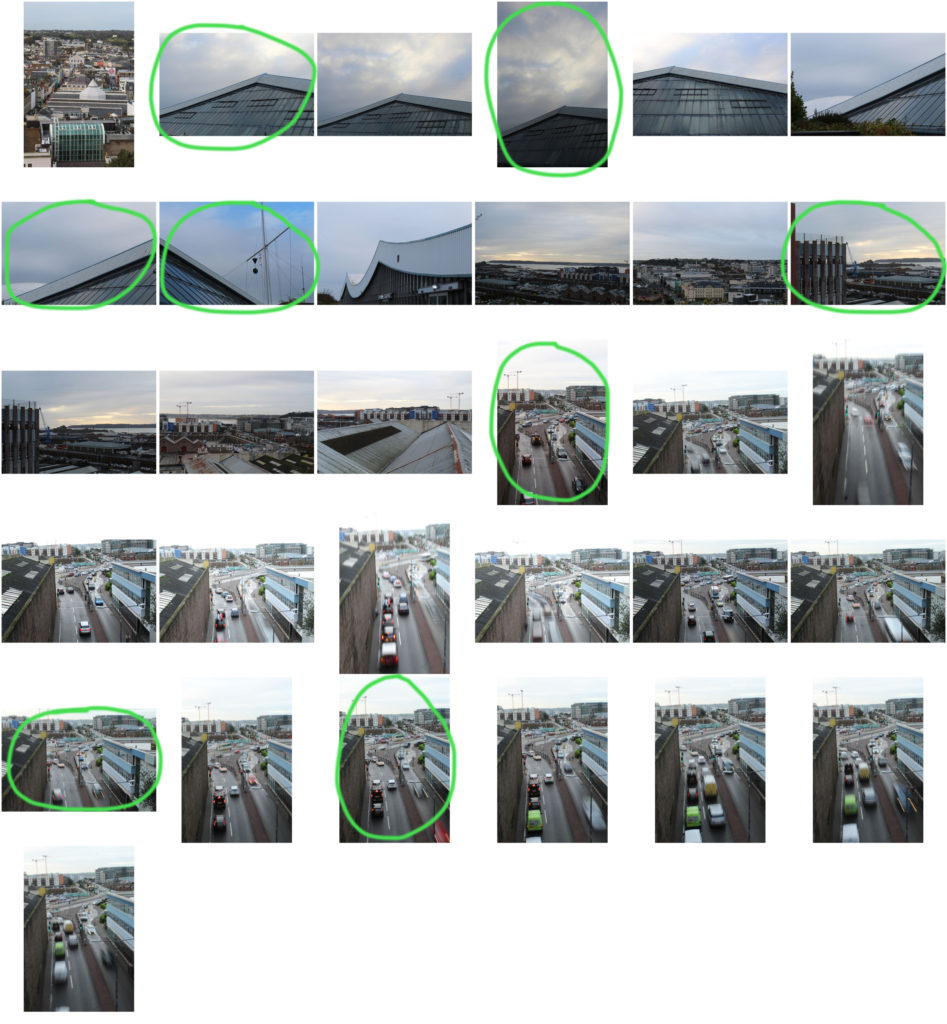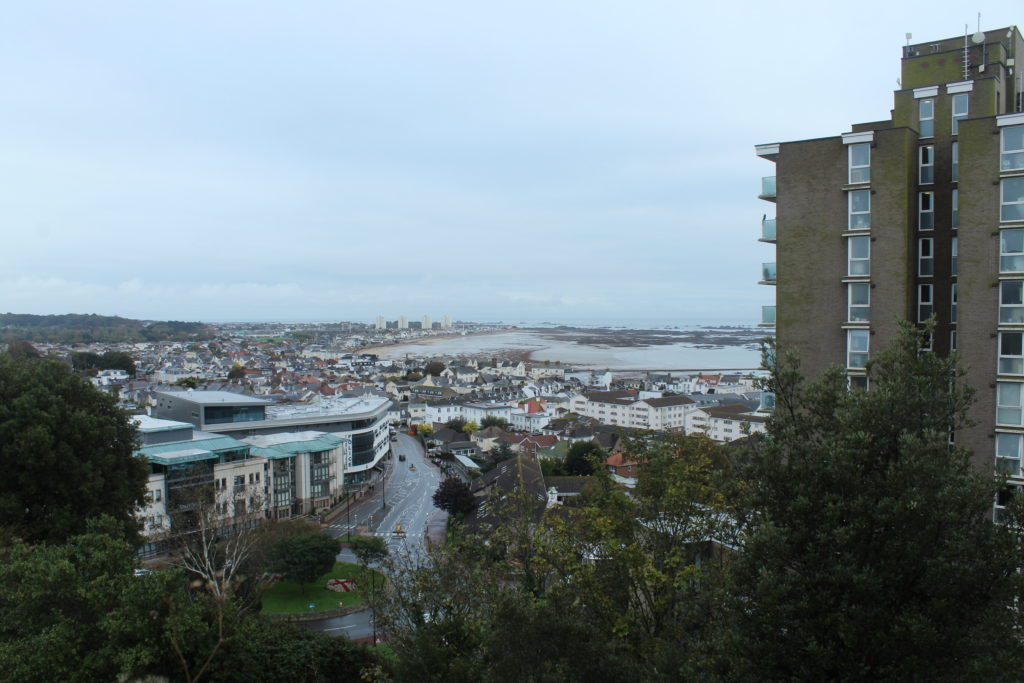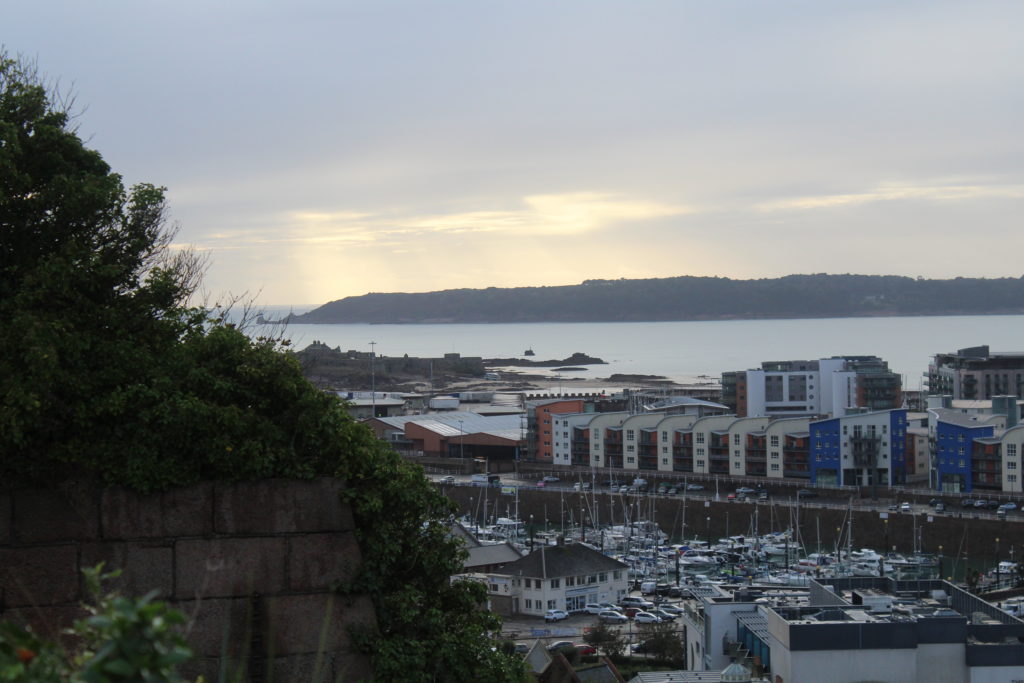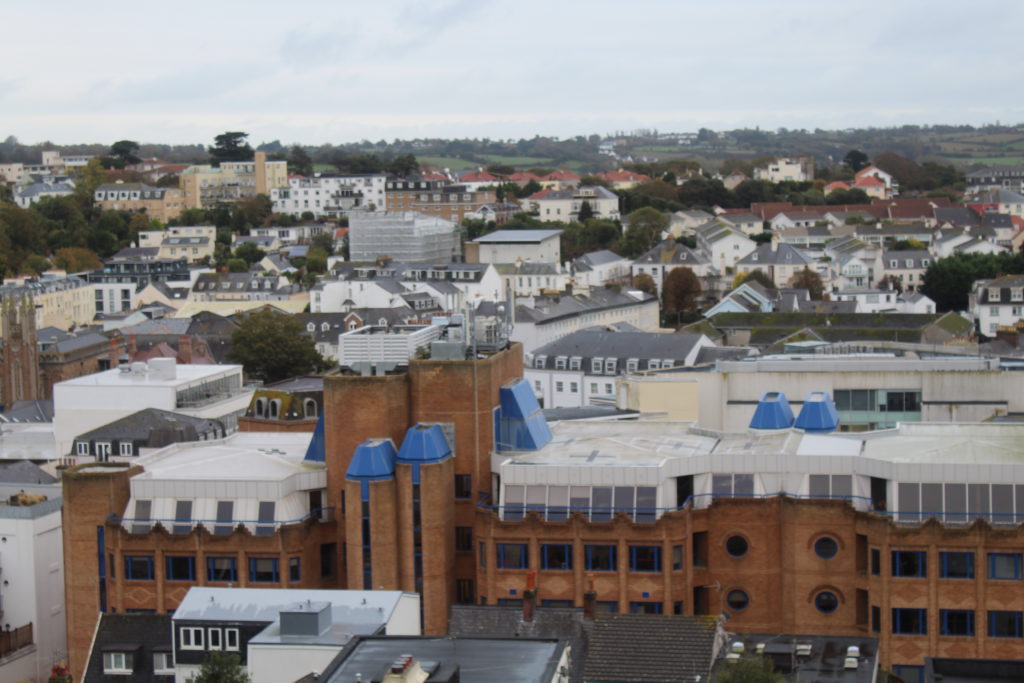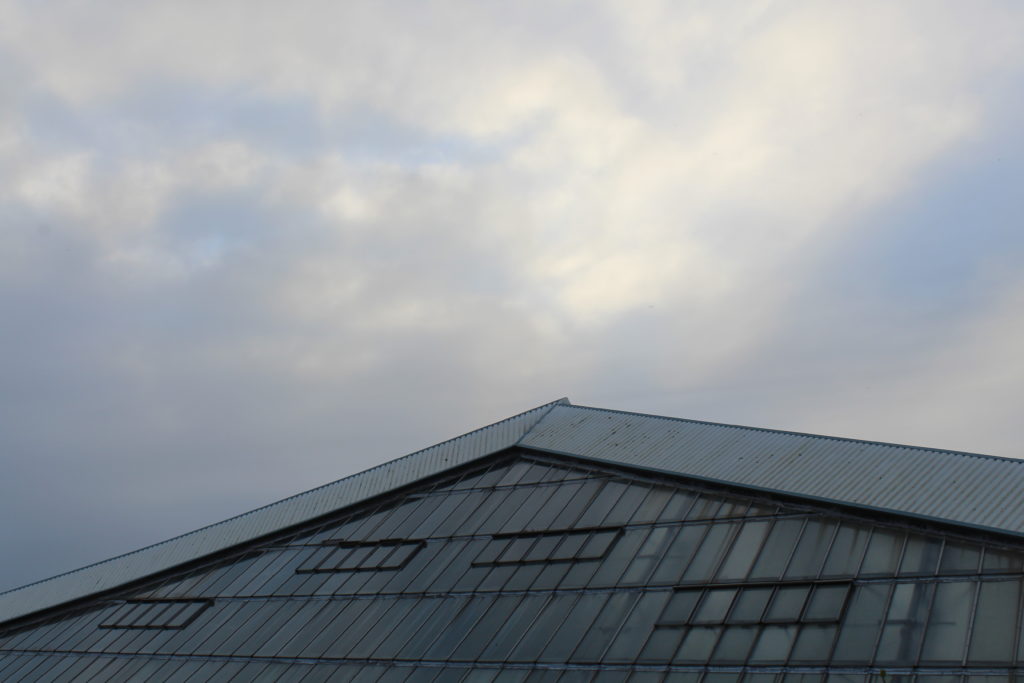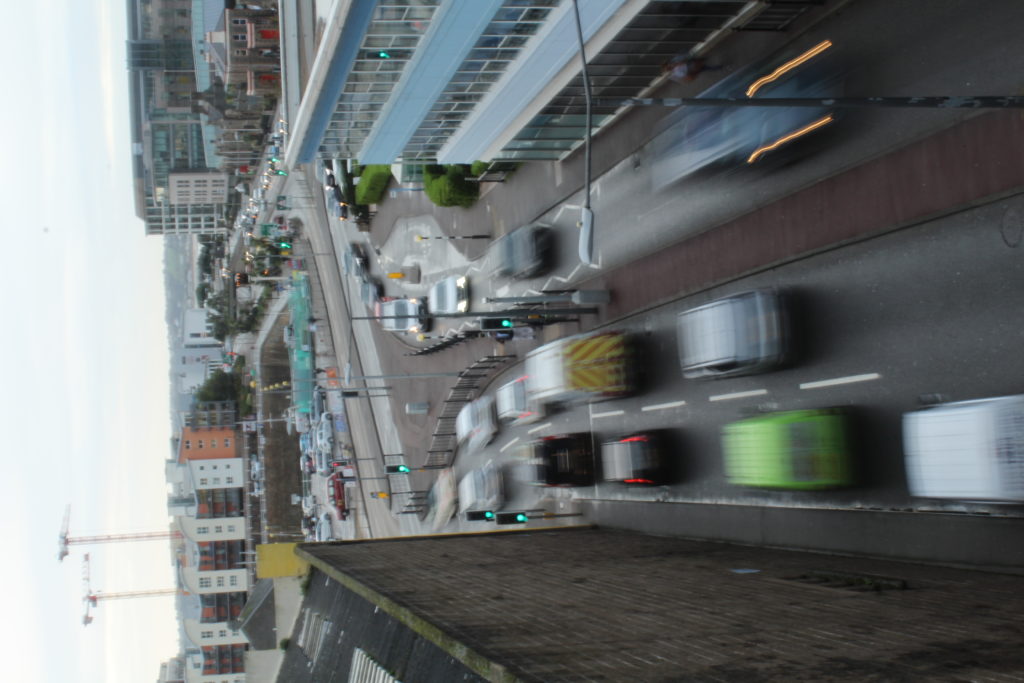
Visual
The black and white creates nice shadows and enhances the various dark and light tones throughout the image. The broken wall creates a natural frame, adding depth and is useful to guide the viewers eyes to the wanted areas of the image. The rough broken border of the fame however, juxtaposes the smooth, flat wall that was there before. The subjects are dominant and clear in the foreground, and gradually fade out to the background, which all contributes to the images depth.
Technical
The subjects right at the foreground are slightly blurred as the cameras focus is on the middle section, the center of the frame. The image seems to have illuminating natural lighting, however its slightly overexposed as it has lots of light tones overall. The black and white could make it harder for the scene to be understood, as there could be details masked by the light and shaded tones.
Conceptual
The image was taken before the Spanish civil war in 1993, however that is quite confusing for the viewer to know as it looks like the children are playing in war ruins. The meaning of the image is to display the poor living conditions of the children, pre-war, to create a sympathetic message for the viewer
Contextual
These shots were taken in Seville, and these photos depicting broken buildings and some showing injured children, became associated with the horrors of the Spanish civil war, even though it was taken 3 years before the war had taken place.







